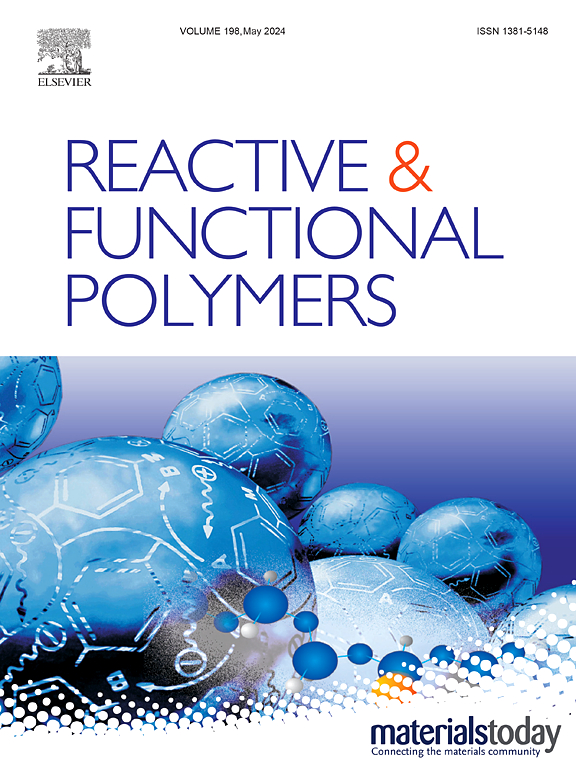An approach to analytical prediction of optimal curing mode of thermosetting systems
IF 4.5
3区 工程技术
Q1 CHEMISTRY, APPLIED
引用次数: 0
Abstract
An approach to the analytical prediction of the optimal curing mode of thermosetting systems is proposed. The published literature on epoxy-amine systems has been analyzed, and a correlation between the parameters of the DiBenedetto and Arrhenius equations and the glass transition temperature of uncured epoxy-amine systems was established. On the basis of the data, the approach proposed by Gillham and Enns was employed to calculate a time required for thermosetting system to reach the glassy state, and the mode of two-stage curing through the use of TTT (time-temperature-transformation) diagrams was determined as well. The optimal curing mode was proposed and calculated for the DGEBA-based epoxy resin Epikote 828 and its mixture with aliphatic resin Laproxide 703 with curing agent oligooxypropylenediamine Jeffamine D-230, with the resulting temperatures and times demonstrating satisfactory agreement with those calculated from experimental TTT diagrams. It is suggested that the proposed approach for predicting the optimal curing mode be employed for new epoxy-amine systems, for which the time-consuming experiment, required for the construction of TTT diagrams has not yet been performed.

求助全文
约1分钟内获得全文
求助全文
来源期刊

Reactive & Functional Polymers
工程技术-高分子科学
CiteScore
8.90
自引率
5.90%
发文量
259
审稿时长
27 days
期刊介绍:
Reactive & Functional Polymers provides a forum to disseminate original ideas, concepts and developments in the science and technology of polymers with functional groups, which impart specific chemical reactivity or physical, chemical, structural, biological, and pharmacological functionality. The scope covers organic polymers, acting for instance as reagents, catalysts, templates, ion-exchangers, selective sorbents, chelating or antimicrobial agents, drug carriers, sensors, membranes, and hydrogels. This also includes reactive cross-linkable prepolymers and high-performance thermosetting polymers, natural or degradable polymers, conducting polymers, and porous polymers.
Original research articles must contain thorough molecular and material characterization data on synthesis of the above polymers in combination with their applications. Applications include but are not limited to catalysis, water or effluent treatment, separations and recovery, electronics and information storage, energy conversion, encapsulation, or adhesion.
 求助内容:
求助内容: 应助结果提醒方式:
应助结果提醒方式:


